#Ur
Explore tagged Tumblr posts
Text
Something something Chara being the name of a star and Asriel using stars in his final fight. How the angel prophecy could refer to Frisk, Asriel, or Chara and how all 3 of them had to work together basically to fulfill
23 notes
·
View notes
Text
she copied Sevika’s headbutt technique 😭
#isha baby please dont be dead i adore you come back#ur#my dsughter COMEBACCKKK#ASAAAAAAAAAA#sevika#isha#arcane#arcane league of legends#arcane season 2#arcane s2#spoilers#ohmy godd please dont be deadd pleasee#ughhhhhhhh
835 notes
·
View notes
Text
I hope he is saved
#3d animation#dagoth ur#voryn dagoth#Ur#lorkhan#meme#morrowind#the elder scrolls#tes#dwemer#dwarves#bring me to life
567 notes
·
View notes
Text

Ostrich egg cups from Ur, 2600 BC
245 notes
·
View notes
Text

Iridescent silicious glass jar from Nippur
Ur III period, Neo-Sumerian, c. 2112-2004 B.C.
Al-Qādisiyyah Governorate, Iraq
500 notes
·
View notes
Text

Ur and her boys ❄️
Gray's backstory was always my favorite out of Team Natsu 🥹
#First time drawing Ur even though she's one of my favorite female characters actually lol#gray fullbuster#lyon vastia#ur#fairy tail#doodles noodles#ur milkovich
935 notes
·
View notes
Text
I am very normal about this brick from the Ur city wall where a dog seems to have walked over it before it dried

22nd century BC good boy!
#ancient history#archeology#mesopotamia#cuneiform#btw the inscription says something to the effect of “this wall/temple was built by king Ur-Namma for the god Nanna”#it was stamped on every brick of the wall and the ziggurat#ur#third Dynasty of Ur
177 notes
·
View notes
Text
"Ram in the Thicket" Statuette from Ur (Iraq), c.2600-2400 BCE: this statuette is made of lapis lazuli, shells, gold, silver, limestone, copper, and wood

This sculpture is about 4,500 years old. It was unearthed back in 1929, during the excavation of the "Great Death Pit" at the Royal Cemetery of Ur, located in what was once the heart of Mesopotamia (and is now part of southern Iraq).
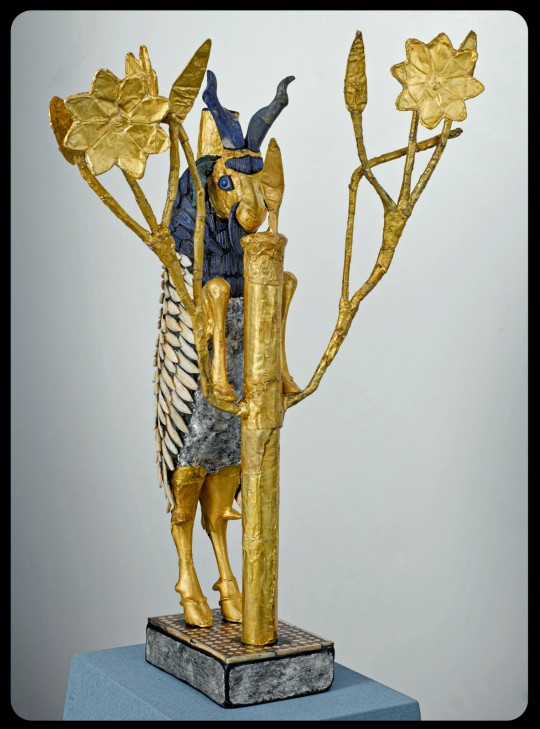
Sir Leonard Woolley, who led the excavations at the site, nicknamed the statuette "ram caught in a thicket" as a reference to the Biblical story in which Abraham sacrifices a ram that he finds caught in a thicket. The statuette is still commonly known by that name, even though it actually depicts a markhor goat feeding on the leaves of a flowering tree/shrub. Some scholars refer to it as a "rampant he-goat" or "rearing goat," instead.

It was carved from a wooden core; gold foil was then carefully hammered onto the surface of the goat's face and legs, and its belly was coated in silver paint. Intricately carved pieces of shell and lapis lazuli were layered onto the goat's body in order to form the fleece. Lapis lazuli was also used to create the goat's eyes, horns, and beard, while its ears were crafted out of copper.
The tree (along with its delicate branches and eight-petaled flowers) was also carved from a wooden base, before being wrapped in gold foil.
The goat and the tree are both attached to a small pedestal, which is decorated with silver paint and tiny mosaic tiles made of shell, lapis lazuli, and red limestone.

This artifact measures 42.5cm (roughly 16 inches) tall.
A second, nearly-identical statuette was also found nearby. That second sculpture (which is also known as the "ram in the thicket") is pictured below:

There are a few minor differences between the two sculptures. The second "ram" is equipped with gold-covered genitals, for example, while the first one has no genitals at all; researchers believe that the other sculpture originally had genitals that were made out of silver, but that they eventually corroded away, just like the rest of the silver on its body.
The second "ram" is also slightly larger than the first, measuring 45.7cm (18 in) tall.
Both statuettes have a cylindrical socket rising from the goats' shoulders, suggesting that these sculptures were originally used as supports for another object (possibly a bowl or tray).

The depiction of a goat rearing up against a tree/shrub is a common motif in ancient Near Eastern art, but few examples are as stunning (or as elaborate) as these two statuettes.
Sources & More Info:
Penn Museum: Collections Highlight
Penn Museum: Ram in the Thicket
Expedition Magazine: Rescue and Restoration: a History of the Philadelphia "Ram Caught in a Thicket" (PDF version)
The British Museum: Ram in the Thicket
A Companion to Ancient Near Eastern Art: Statuary and Reliefs
World Archaeology: Ram in the Thicket
Cambridge Scholars Publishing: Colour in Sculpture: a Survey from Ancient Mesopotamia to the Present (PDF excerpt)
Goats (Capra) from Ancient to Modern: Goats in the Ancient Near East and their Relationship with the Mythology, Fairytale, and Folklore of these Cultures
#archaeology#history#artifact#anthropology#ram in the thicket#sumerian#mesopotamia#ur#goat#ancient art#sculpture#iraq#ancient near east#art#lapis lazuli#gold#statues#mixed media#inanna#dumuzi#mythology#rampant he-goat#has a nice ring to it
267 notes
·
View notes
Text
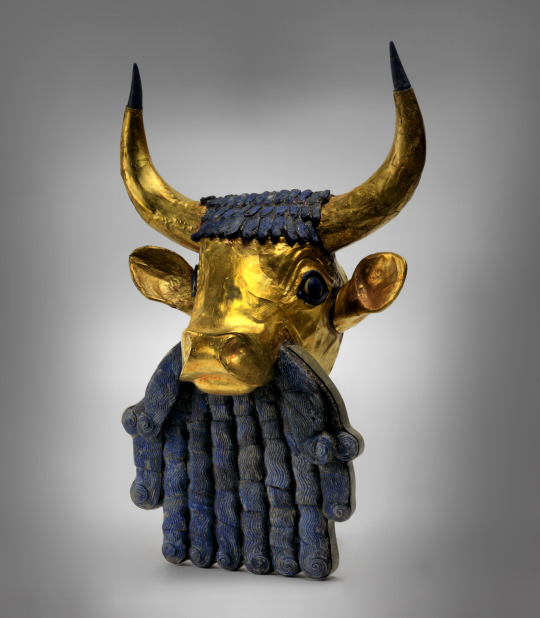
Lyre Fragment, Bull Head
Iraq, 2450 BCE
Bull's head in sheet gold with lapis beard found in grave 789 of the Royal Cemetery at Ur. There is a great deal of detail in the bull’s eyes, snout, and the curls of its beard, which represents the power of the king as well as the god Shamash. It was originally affixed to the front of a wooden lyre, the decayed remains of which were somewhat apparent in the soil when excavated.
728 notes
·
View notes
Photo

A Gallery of Ziggurats of Ancient Mesopotamia
A ziggurat is an artificial mountain built by the ancient Mesopotamians to elevate the clergy toward the realm of the gods. A form of monumental architecture, the ziggurat had a rectangular base from which a series of steps rose to a flat platform where the temple honoring the god of the city stood.
Each ziggurat was built for a specific deity and was considered the earthly home of that god. These structures were not 'houses of worship' as one understands that term today – there were no daily or weekly services offered to the public – but were the center of the temple complex of a city where religious festivals were held (or were begun), grain and other goods for public consumption stored, scribes worked at their craft, and, most importantly, where the high priest and attendant clergy made offerings to the god at the temple atop the ziggurat. The most famous of these was the Etemenaki at Babylon, thought to be the inspiration for the story of the Tower of Babel from the biblical Book of Genesis.
The following gallery presents images of only a few of the many ziggurats that were raised across Mesopotamia from c. 3000 BCE, at the latest, to c. 500 BCE when Zoroastrianism changed the religious paradigm in the region.
Continue reading...
149 notes
·
View notes
Photo
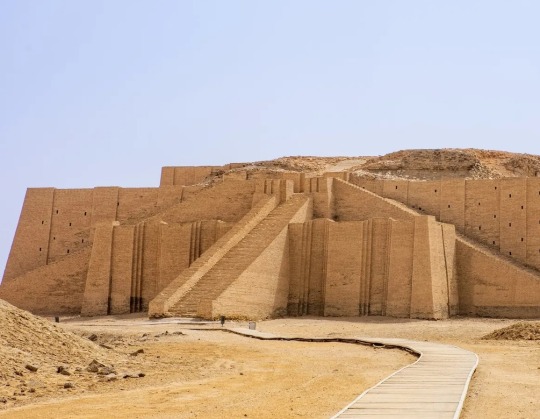
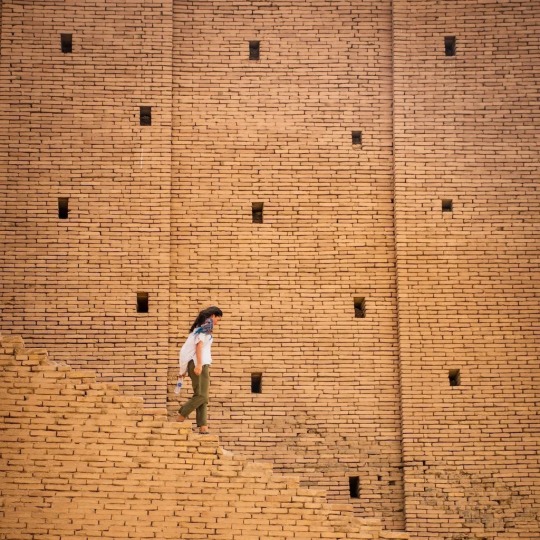

The Ziggurat of Ur
1K notes
·
View notes
Text
The earliest chariot-like vehicle that we see represented in art appears on the Standard of Ur, made in Sumeria around 2600 BCE. On the bottom panel of its “War” side (there’s also a “Peace” side), there are four-wheeled war-carts pulled by onagers, a kind of wild donkey.
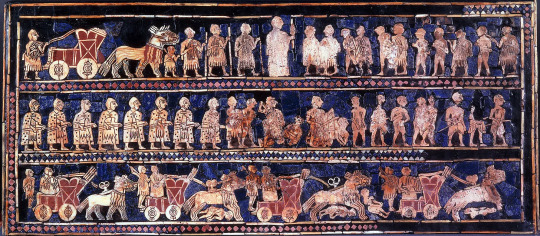
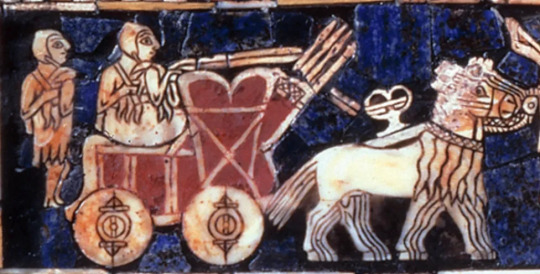
{Buy me a coffee} {WHF} {Medium} {Looking Through the Past}
Much more on the history of the chariot:
176 notes
·
View notes
Text


#fairy tail#lyon vastia#ft100yq#manga panel#anime#fairy tail 100 years quest#gray fullbuster#ur#ur milkovich#Lyon 😍
24 notes
·
View notes
Text

big day buckaroos chuck is on THE KINGCAST talkin on a lesser known and often overlooked stephen king story UR. we also talk music from metal to country and drop a few hints about upcoming novel BURY YOUR GAYS. podcast out now on all platforms
249 notes
·
View notes
Text
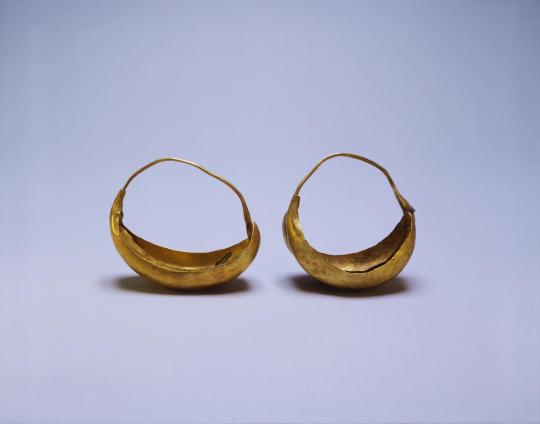
~ Earrings
Place of origin: Ur, Iraq
Period: Early Dynastic III
Date: 2600-2450 B.C.
Materials: Gold
#ancient#ancient art#history#museum#archeology#archaeology#ancient history#middle east#middle eastern#iraq#ur#ancient jewelry#earrings#gold#early dynastic III#2600 b.c.#2450 b.c.
633 notes
·
View notes